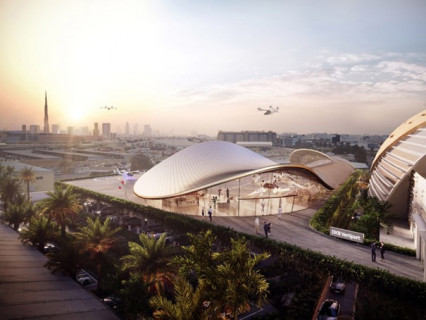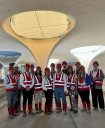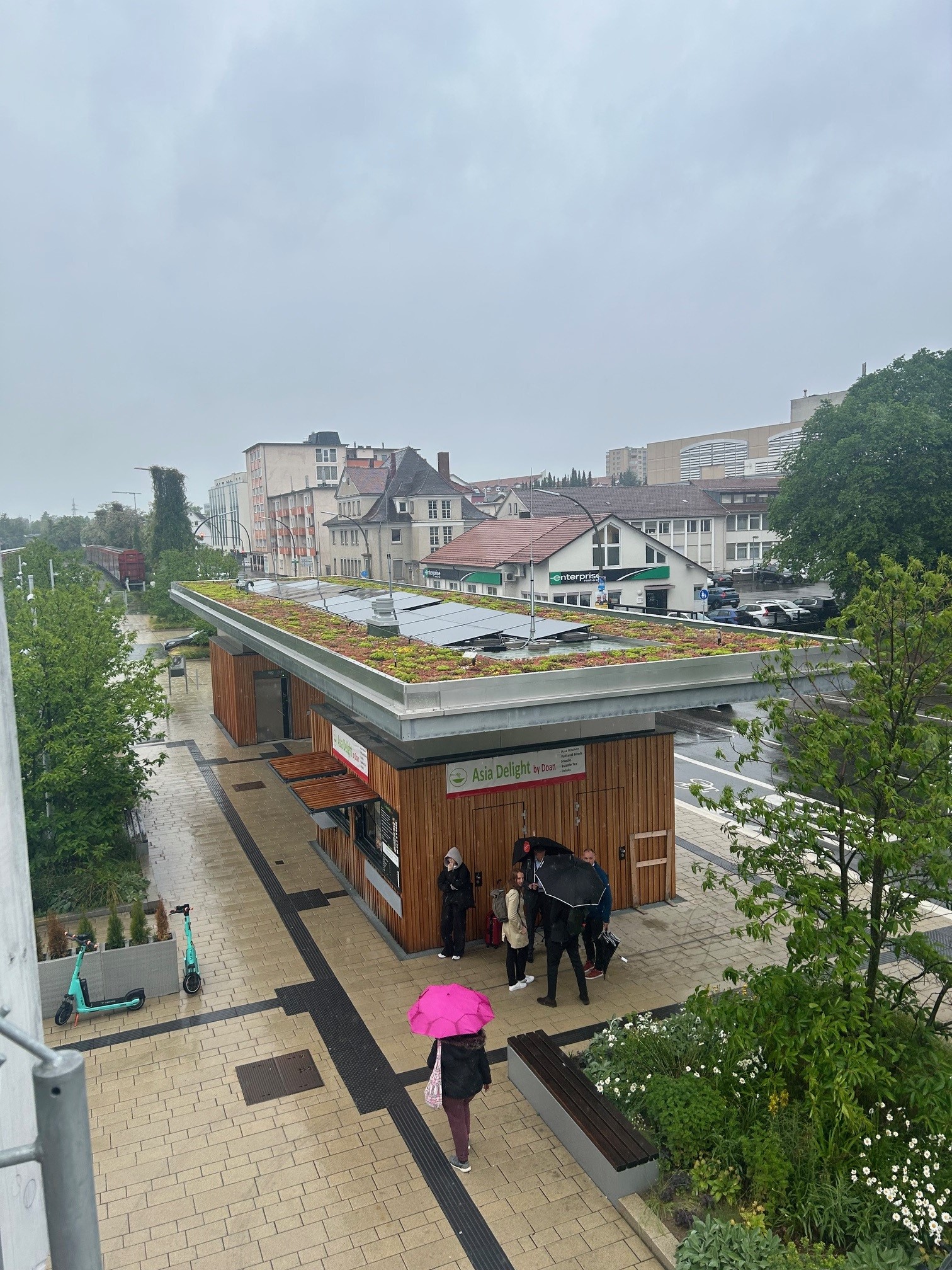When considering the future of (urban) mobility we often limit ourselves to urban mobility options we’re used to, like our road- water- and railway networks. But what if we think outside of the box. What if we extended our urban transportation system with sustainable aviation options?
Introducing Electric Vertical Take Off & Landing (eVTOL) options into our transportation system could be a promising move in achieving our urban and provincial goals. Examples of its benefits are; reduced greenhouse gas emissions by electrification, serving rural communities, more efficient emergency response, and decreased surface congestion and crash rates.
And what about some critical issues regarding this development? Think; dependence on battery technology and lithium scarcity, the immense pressure on the energy grid and complications when implementing in cities with old infrastructure cities like Amsterdam.
Case & Set-up of the Session
During our 20th Demoday we had an international guest; Kerry Rohrmeier. During her work as a researcher at San Jose State University, she was finalizing a paper on Urban Air Mobility (UAM). She was visiting The Netherlands to gather input on possible use-cases and considerations from Dutch experts and aviation related networks. As part of her visit, Chris de Veer invited her to join our Demoday and gather input from the Amsterdam Smart City network. It turned out to be a win-win situation. Kerry introduced this sci-fi-esque subject -and its progress in the US- to the network, and a diverse set of participants discussed her research questions in a focus-group setting.
The following paragraphs describe Kerry’s research topics and the answers we came up with as a group.
Insights:
Appropriate UAM use cases in broader sustainable systems
The group saw eVTOL modes of transport as;
- A promising alternative to our costly regional transport system, due to its small form, autonomous driving and on-demand possibilities.
- An alternative to ferry transportation to (nearby) national islands like Texel and Terschelling.
- A sustainable mode of transportation for sports teams traveling to- and from national opponents.
- A sustainable and efficient mode of transportation for emergency teams like the ambulance, police and firefighters. Its use would cut response- and travel times.
- A luxurious alternative to private jets and polluting travel behaviour by the rich.
Equity implications of new UAM and vertiports networks
When it comes to affordability of UAM services the question arises; who should take the lead in its implementation? Public authorities or the market? Subsidies and investments from the government would be needed but to what extent? Private parties could push down pricing create more value with air travel by collecting and selling data from the air (e.g. air-quality and weather predictions) but how desirable is this?
There are also questions regarding safety, because; how to preserve safety in and outside unmanned aircrafts? This led to discussions regarding the use of cabin ‘hosts’ and on ground safety persons monitoring in-cabin safety. Furthermore, someone pointed out how this was also one of the main concerns when elevators where introduced for the first time. This idea of using a closed space with strangers brought up the need for an elevator ‘operator/host’. Later on, this necessity slowly decreased. This could be an interesting case to study when addressing this ‘trust’ and safety topic.
Conclusions and nest steps
Kerry was very content with the discussions that were initiated and the insights she gathered from our perspectives on the case of Urban Air Mobility. It’s important to consider and play into this topic when designing our sustainable transportation system for the future. There are a lot of opportunities, mentioned in the paragraphs above. However, how this development could make a transportation system more ‘just’ and equal remains the question. While we see a rise in innovation and private parties willing to bring eVTOL to the next level, the discussions regarding affordability (for the masses), safety, and its reliance on batteries and a congested energy grid will require special attention.
For now, Kerry Rohrmeier will finish her research paper on this topic and we hope to update you soon with its publication and conclusions! Would you like to know more about this topic or get in contact with Kerry? Let me know via pelle@amsterdamsmartcity.com






